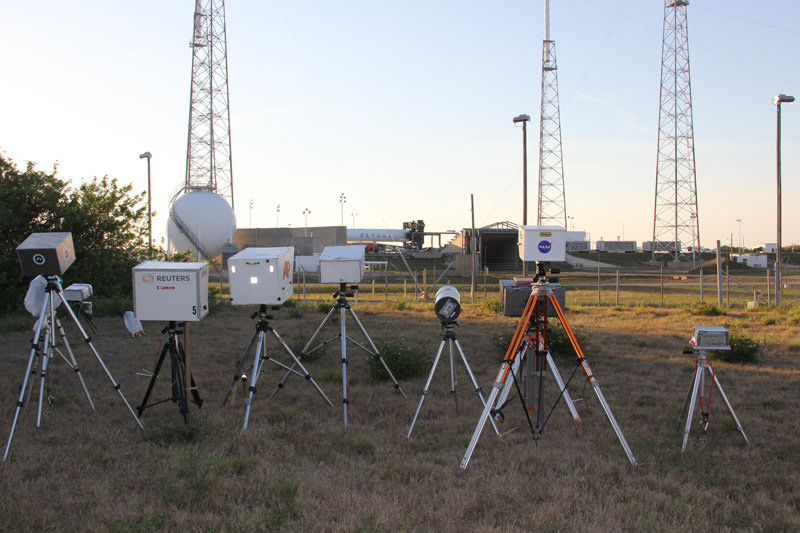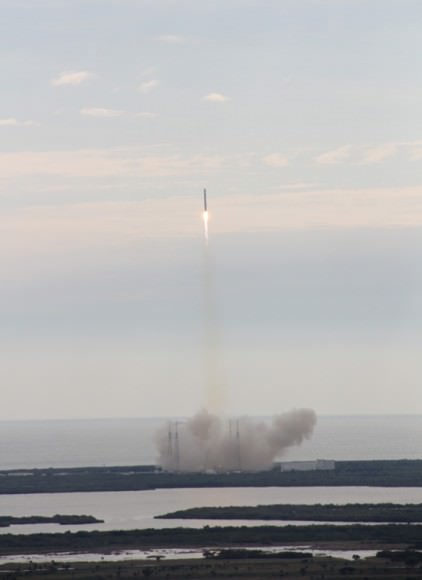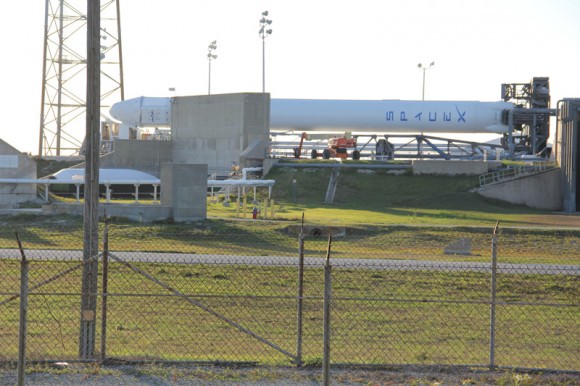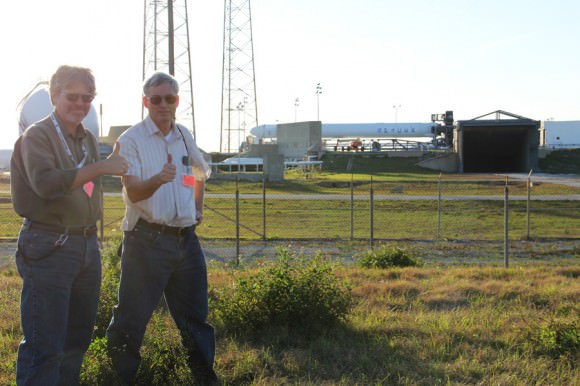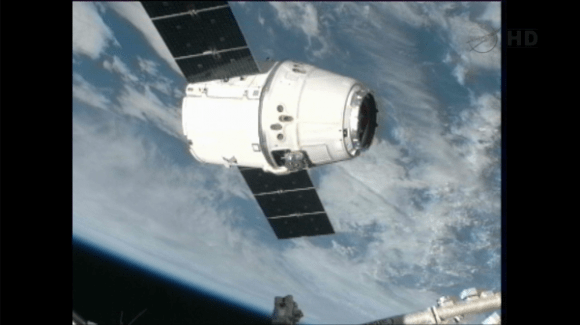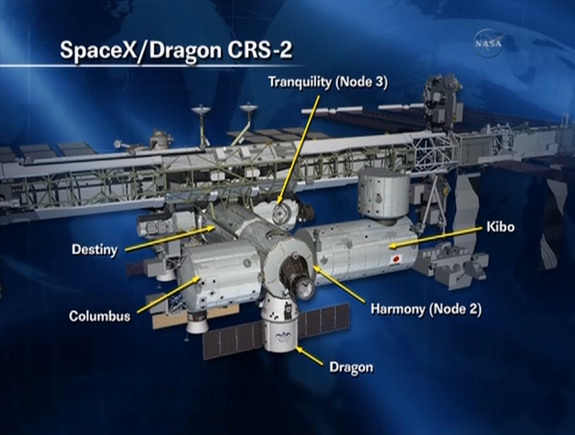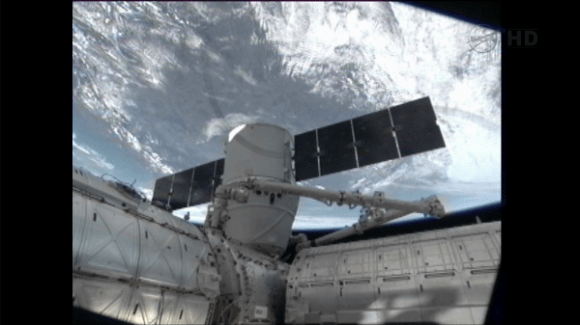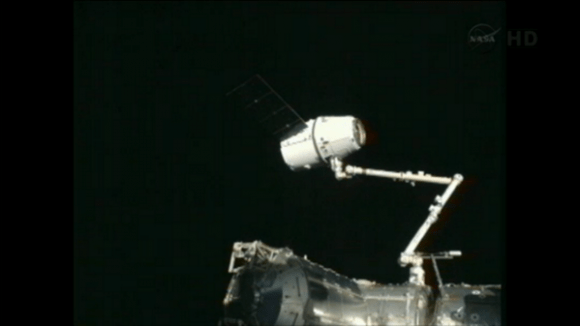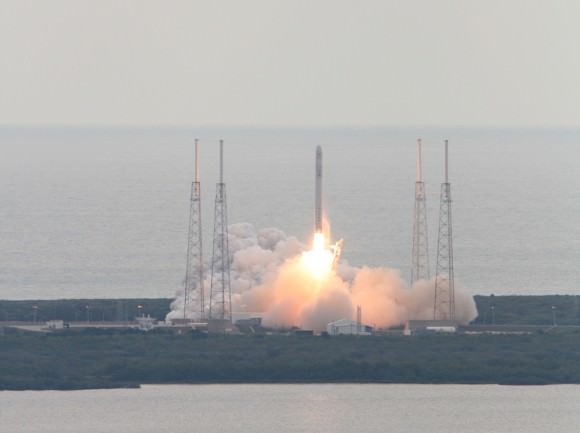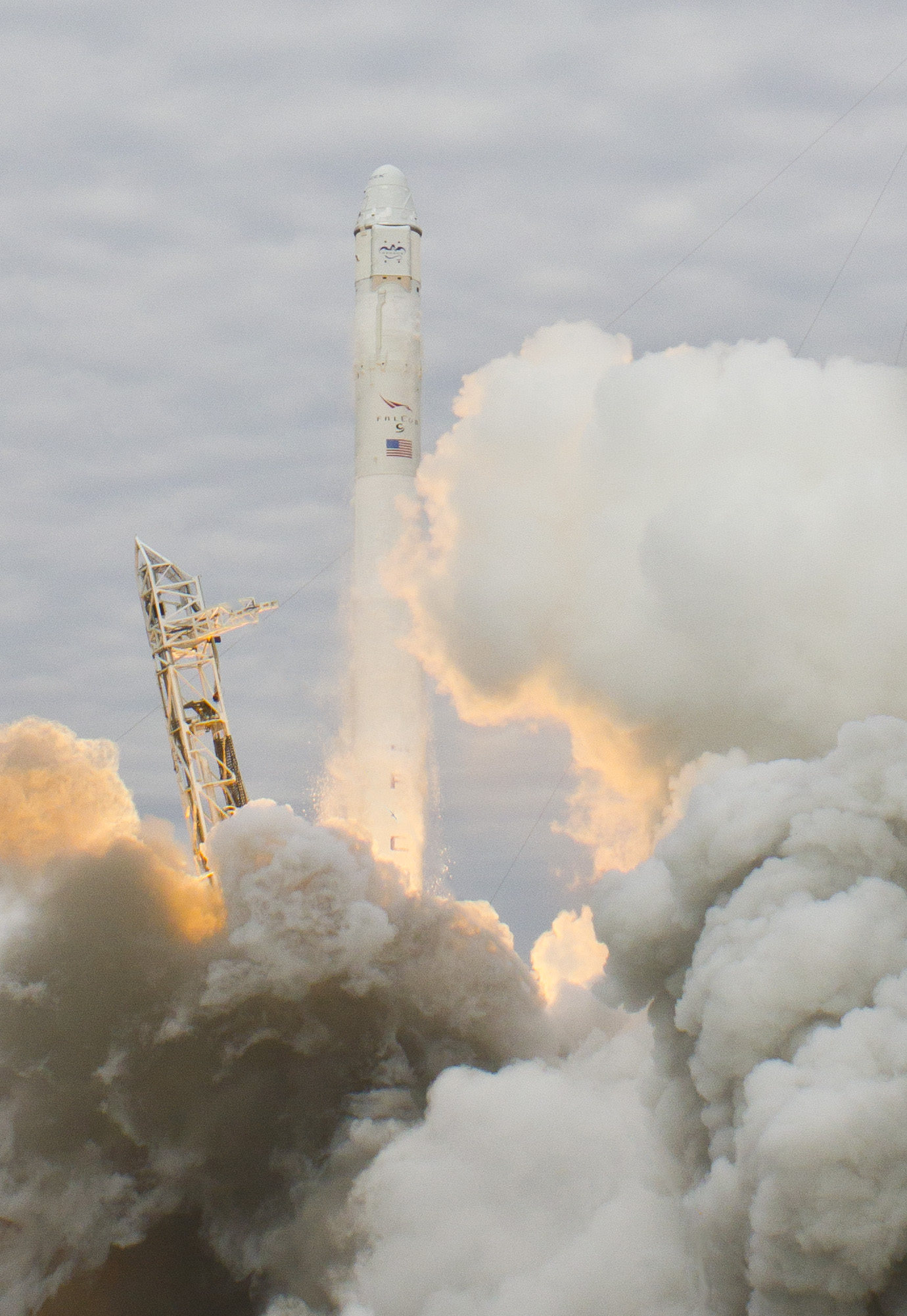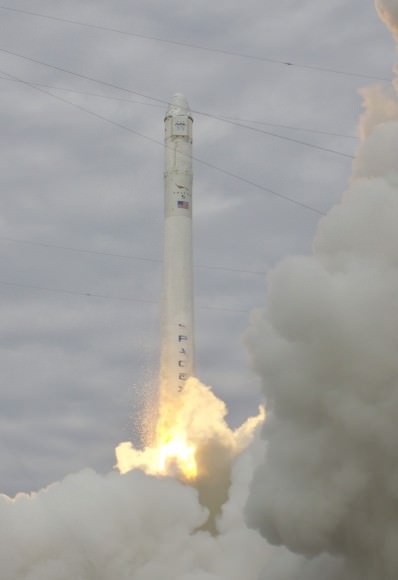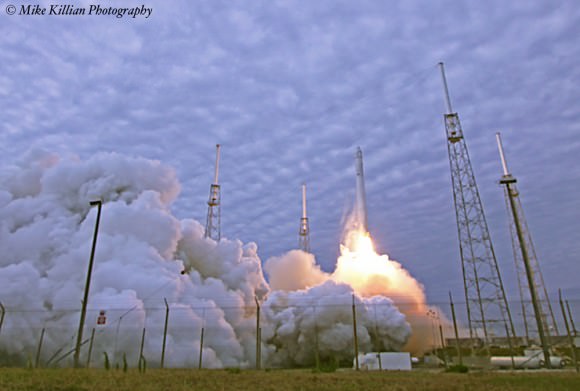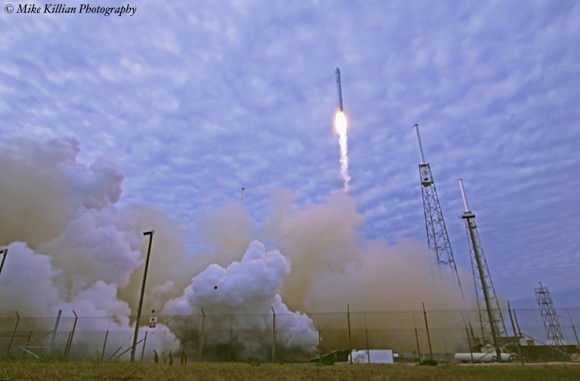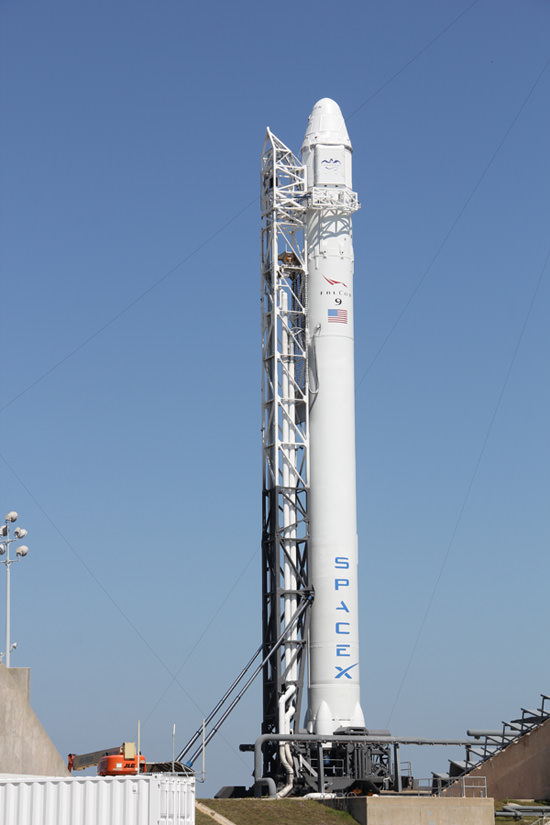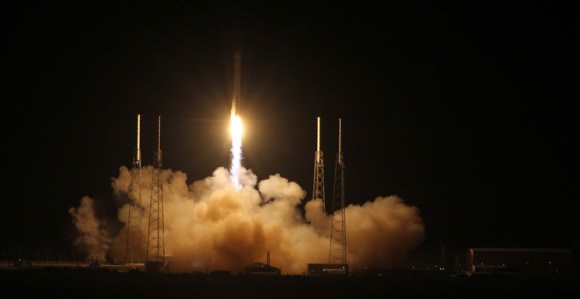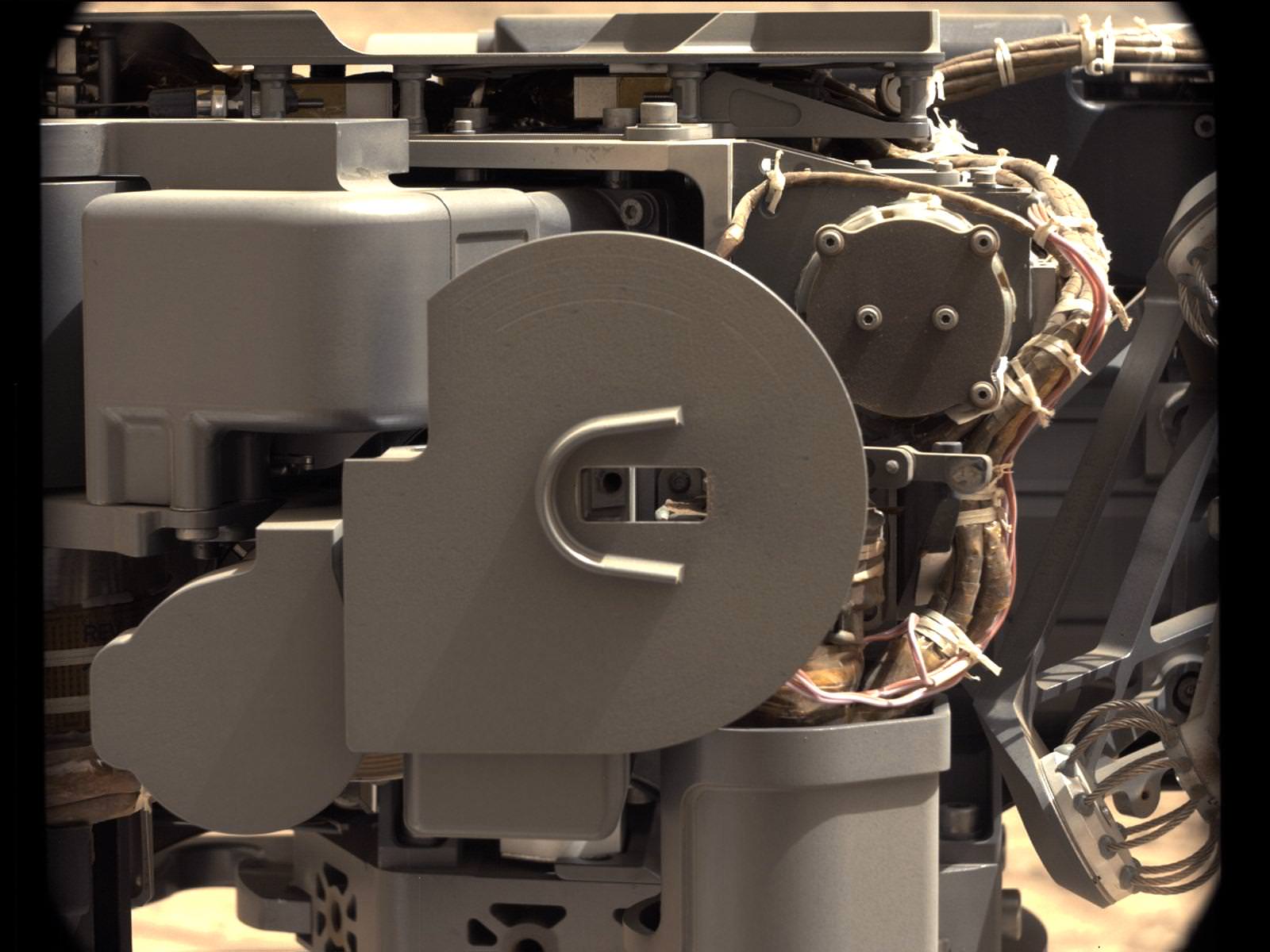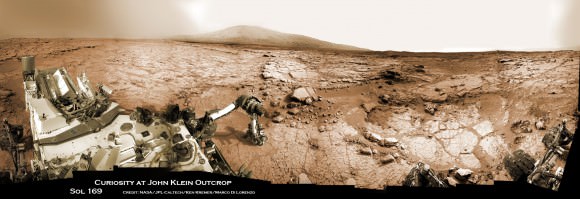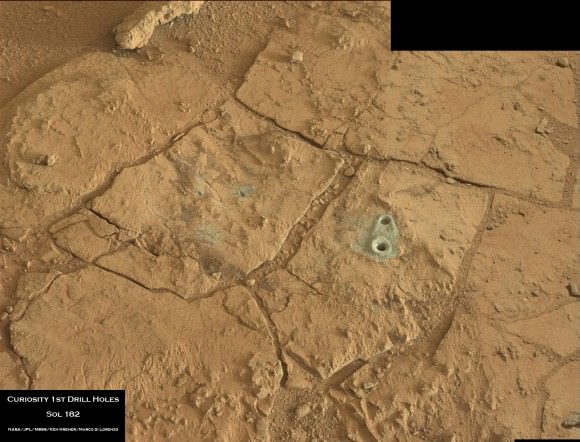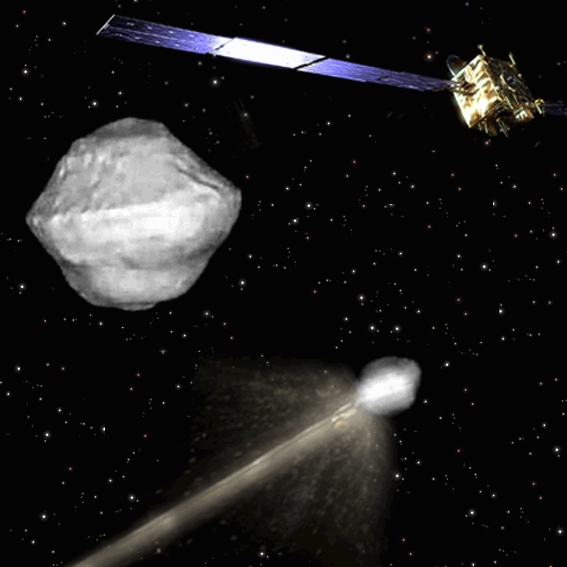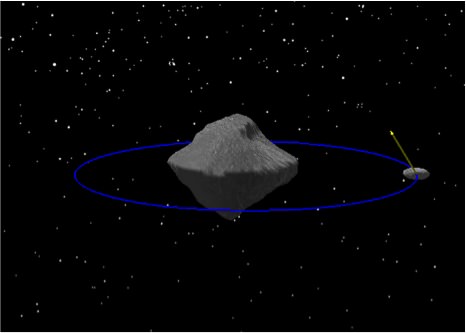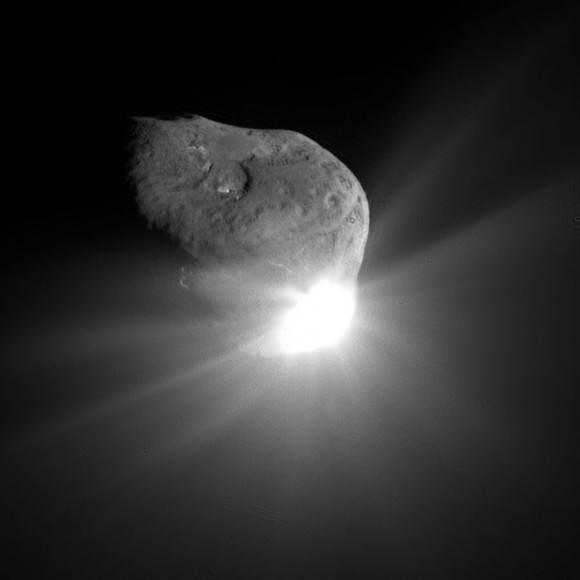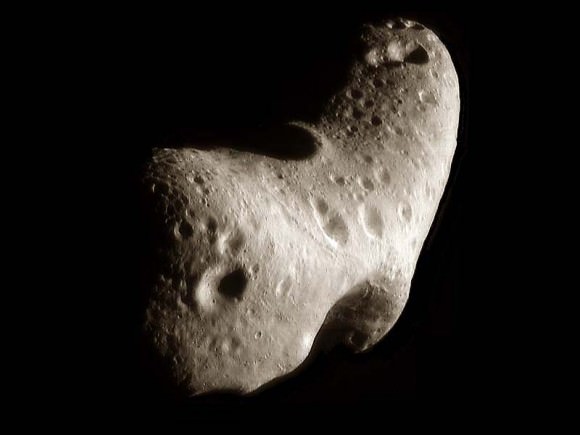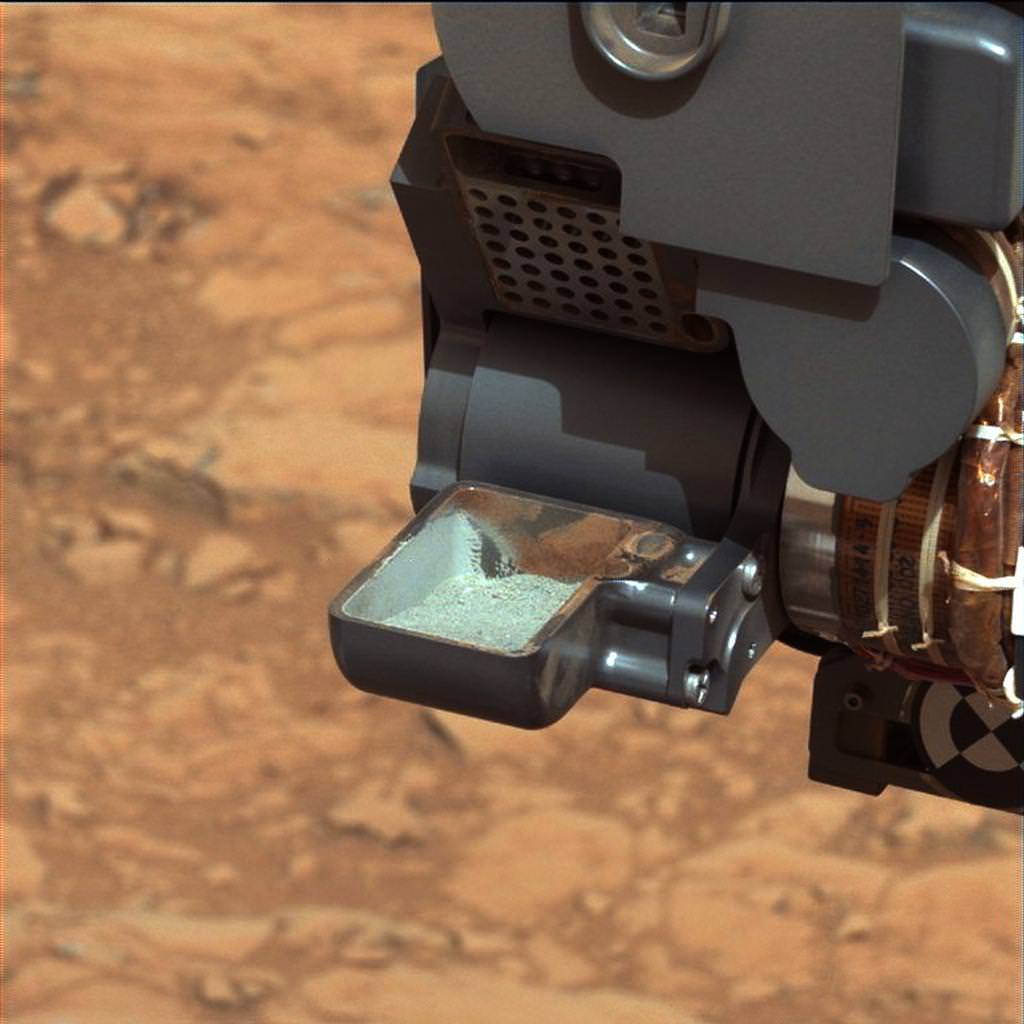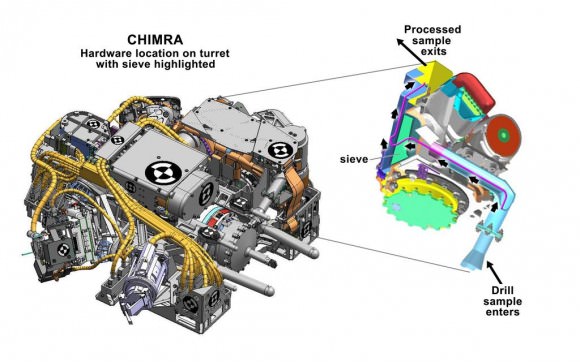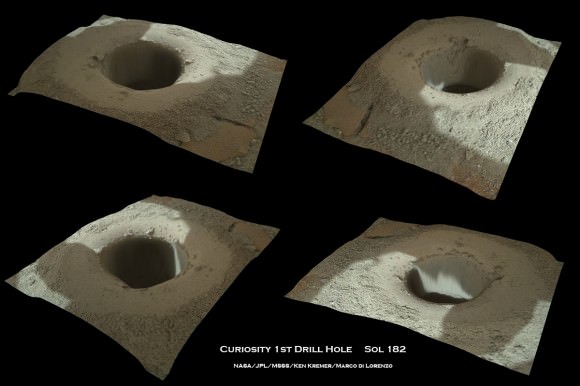Over the past month, about a half dozen rather large asteroids have careened nearby our home planet and in one case caused significant injury and property damage with no forewarning – showcasing the hidden lurking dangers from lackluster attitudes towards Asteroid Detection & Planetary Defense.
Now in a prescient coincidence of timing, NASA is funding an experimental asteroid radar detection array called ‘KaBOOM’ that may one day help thwart Earth’s untimely Ka-boom – and which I inspected first-hand this past week at the Kennedy Space Center (KSC),following the SpaceX Falcon 9 blastoff for the ISS.
“KaBOOM takes evolutionary steps towards a revolutionary capability,” said Dr. Barry Geldzahler, KaBOOM Chief Scientist of NASA Headquarters, in an exclusive interview with Universe Today.
If successful, KaBOOM will serve as a prelude to a US National Radar Facility and help contribute to an eventual Near Earth Object (NEO) Planetary Defense System to avert Earth’s demise.
“It will enable us to reach the goal of tracking asteroids farther out than we can today.”
First some background – This weekend a space rock the size of a city block whizzed past Earth at a distance of just 2.5 times the distance to our Moon. The asteroid – dubbed 2013 ET – is noteworthy because it went completely undetected until a few days beforehand on March 3 and measures about 460 feet (140 meters) in diameter.
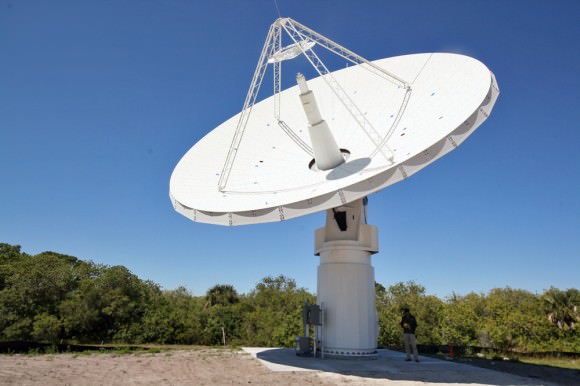
2013 ET follows close on the heels of the Feb. 15 Russian meteor that exploded violently with no prior warning and injured over 1200 people on the same day as Asteroid 2012 DA 14 zoomed past Earth barely 17,000 miles above the surface – scarcely a whisker astronomically speaking.
Had any of these chunky asteroids actually impacted cities or other populated areas, the death toll and devastation would have been absolutely catastrophic – potentially hundreds of billions of dollars !
Taken together, this rash of uncomfortably close asteroid flybys is a wake-up call for a significantly improved asteroid detection and early warning system. KaBOOM takes a key step along the path to those asteroid warning goals.
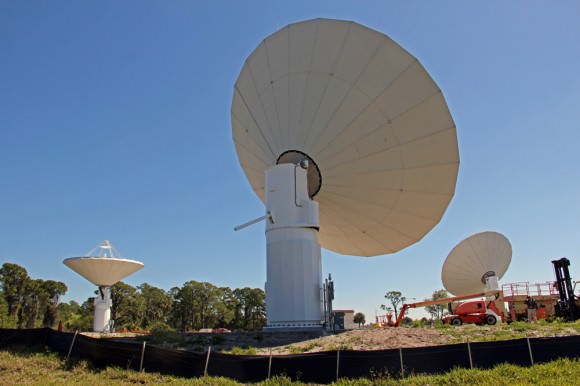
‘KaBOOM’ – the acronym stands for ‘Ka-Band Objects Observation and Monitoring Project’ – is a new test bed demonstration radar array aimed at developing the techniques required for tracking and characterizing Near Earth Objects (NEO’s) at much further distances and far higher resolution than currently available.
“The purpose of KaBOOM is to be a ‘proof of concept’ using coherent uplink arraying of three widely spaced antennas at a high frequency; Ka band- 30 GHz,” KaBOOM Chief Scientist Geldzahler told me.
Currently the KaBOOM array consists of a trio of 12 meter wide radar antennas spaced 60 meters apart – whose installation was just completed in late February at a remote site at KSC near an alligator infested swamp.
I visited the array just days after the reflectors were assembled and erected, with Michael Miller, KaBOOM project manager of the Kennedy Space Center. “Ka Band offers greater resolution with shorter wavelengths to image smaller space objects such as NEO’s and space debris.”
“The more you learn about the NEO’s the more you can react.”
“This is a small test bed demonstration to prove out the concept, first in X-band and then in Ka band,” Miller explained. “The experiment will run about two to three years.”
Miller showed how the dish antennae’s are movable and can be easily slewed to different directions as desired.
“The KaBOOM concept is similar to that of normal phased arrays, but in this case, instead of the antenna elements being separated by ~ 1 wavelength [1 cm], they are separated by ~ 6000 wavelengths. In addition, we want to correct for the atmospheric twinkling in real time,” Geldzahler told me.
Why are big antennae’s needed?
“The reason we are using large antennas is to send more powerful radar signals to track and characterize asteroids farther out than we can today. We want to determine their size, shape, spin and surface porosity; is it a loose agglomeration of pebbles? composed of solid iron? etc.”
Such physical characterization data would be absolutely invaluable in determining the forces required for implementing an asteroid deflection strategy in case the urgent need arises.
How does KaBOOM compare with and improve upon existing NEO radars in terms of distance and resolution?
“Currently at NASA¹s Goldstone 70 meter antenna in California, we can track an object that is about 0.1 AU away [1 astronomical unit is the average distance between the Earth and the sun, 93 million miles, so 0.1 AU is ~ 9 million miles]. We would like to track objects 0.5 AU or more away, perhaps 1 AU.”
“In addition, the resolution achievable with Goldstone is at best 400 cm in the direction along the line of sight to the object. At Ka band, we should be able to reduce that to 5 cm – that’s 80 times better !”
“In the end, we want a high power, high resolution radar system,” Geldzahler explained.
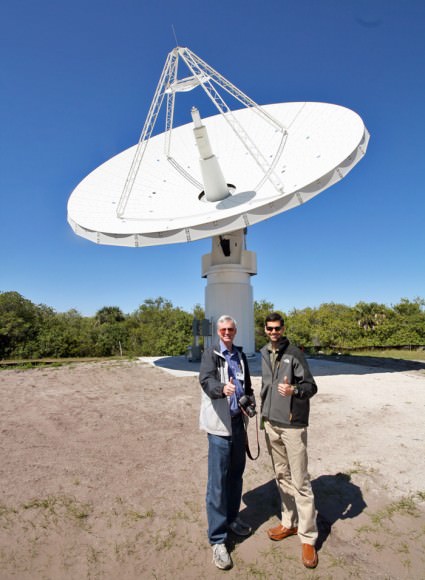
Ken Kremer; Universe Today and Mike Miller; NASA KSC KaBOOM project manager. Credit: Ken Kremer (kenkremer.com)
Another significant advantage compared to Goldstone, is that the Ka radar array would be dedicated 24/7 to tracking and characterizing NEO’s and orbital debris, explained Miller.
Goldstone is only available about 2 to 3% of the time since it’s heavily involved in numerous other applications including deep space planetary missions like Curiosity, Cassini, Deep Impact, Voyager, etc.
‘Time is precious’ at Goldstone – which communicates with some 100 spacecraft per day, says Miller.
“If/when the proof of concept is successful, then we can envision an array of many more elements that will enable us to reach the goal of tracking asteroids farther out than we can today,” Geldzahler elaborated.
A high power, high resolution radar system can determine the NEO orbits about 100,000 times more precisely than can be done optically.
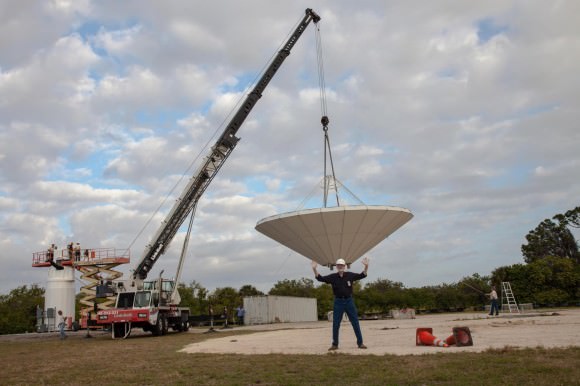
So – what are the implications for Planetary Defense ?
“If we can track asteroids that are up to 0.5 AU rather than 0.1 AU distant, we can track many more than we can track today.”
“This will give us a better chance of finding potentially hazardous asteroids.”
“If we were to find that a NEO might hit the Earth, NASA and others are exploring ways of mitigating the potential danger,” Geldzahler told me.
Kaboom’s ‘First light’ is on schedule for late March 2013.
More in Part 2


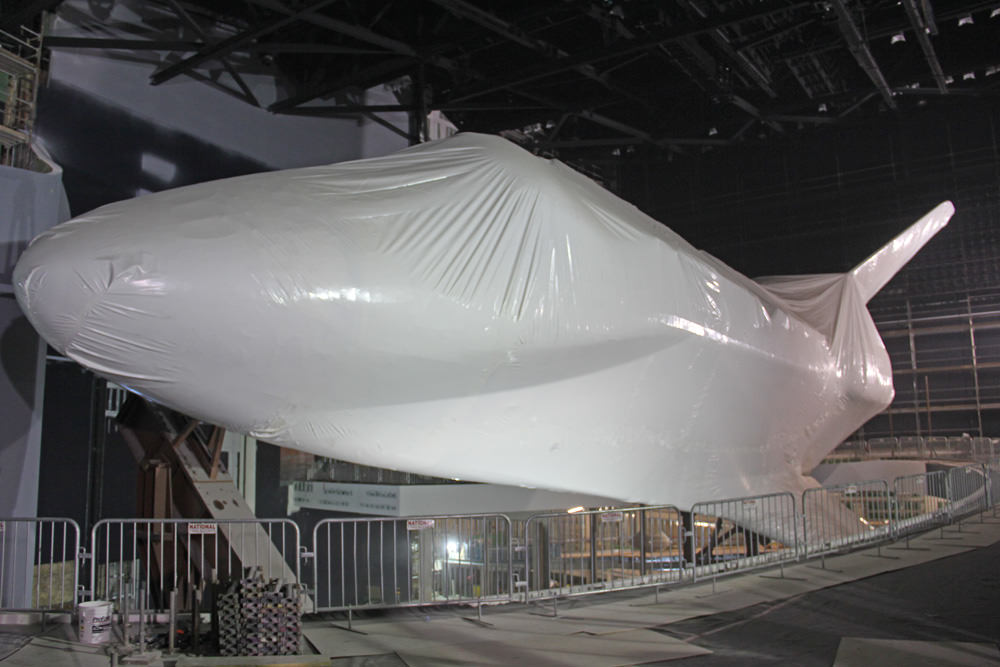
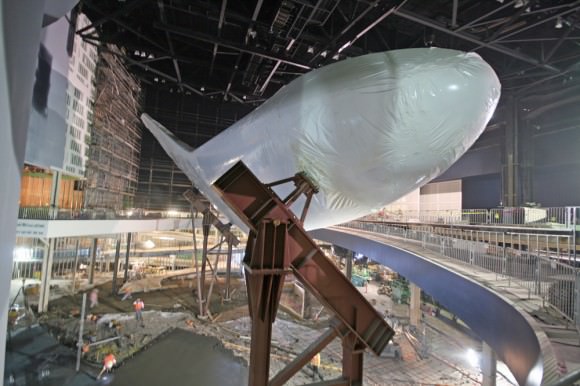
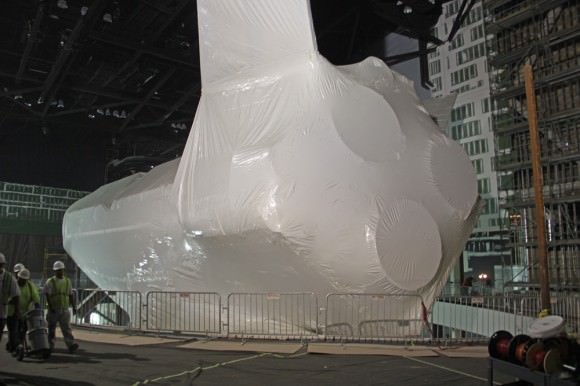
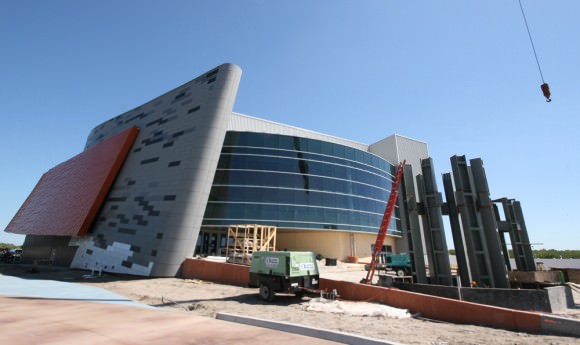
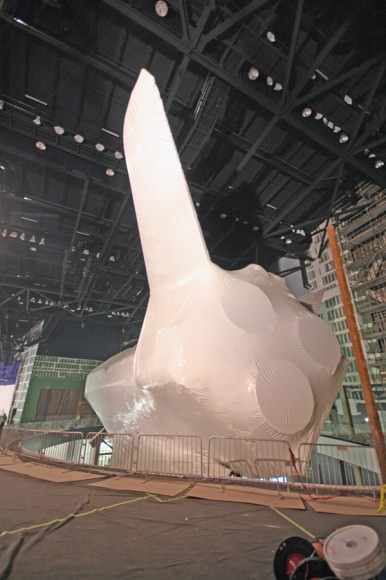
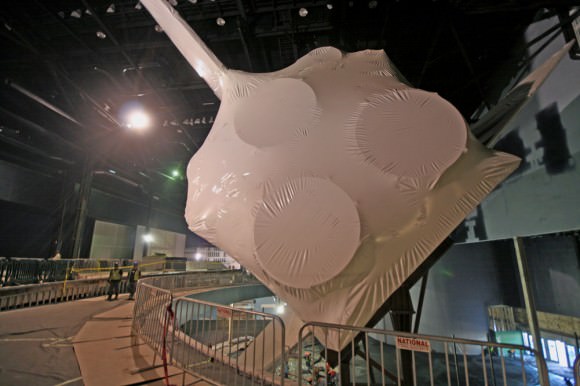
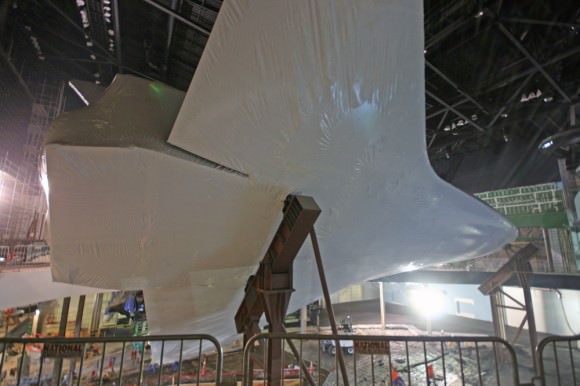
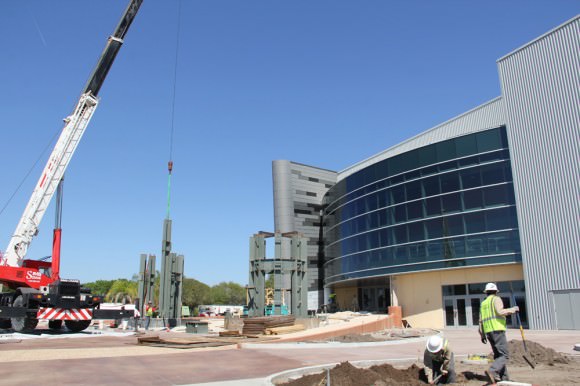
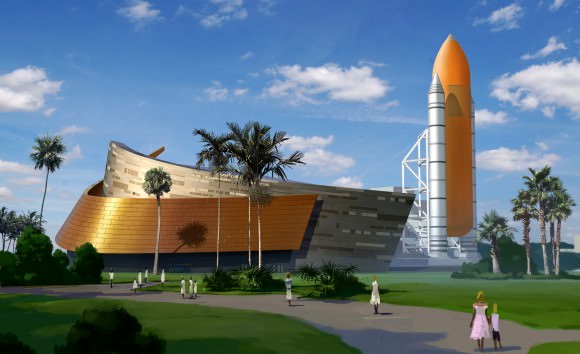
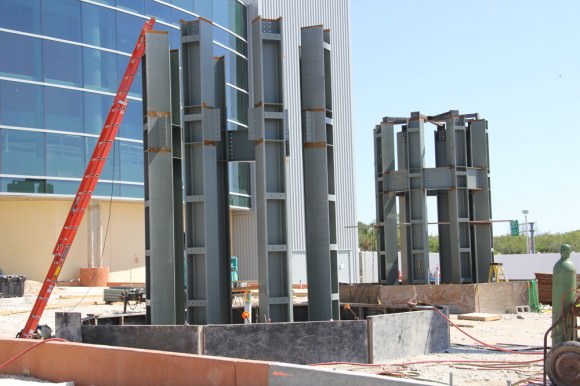
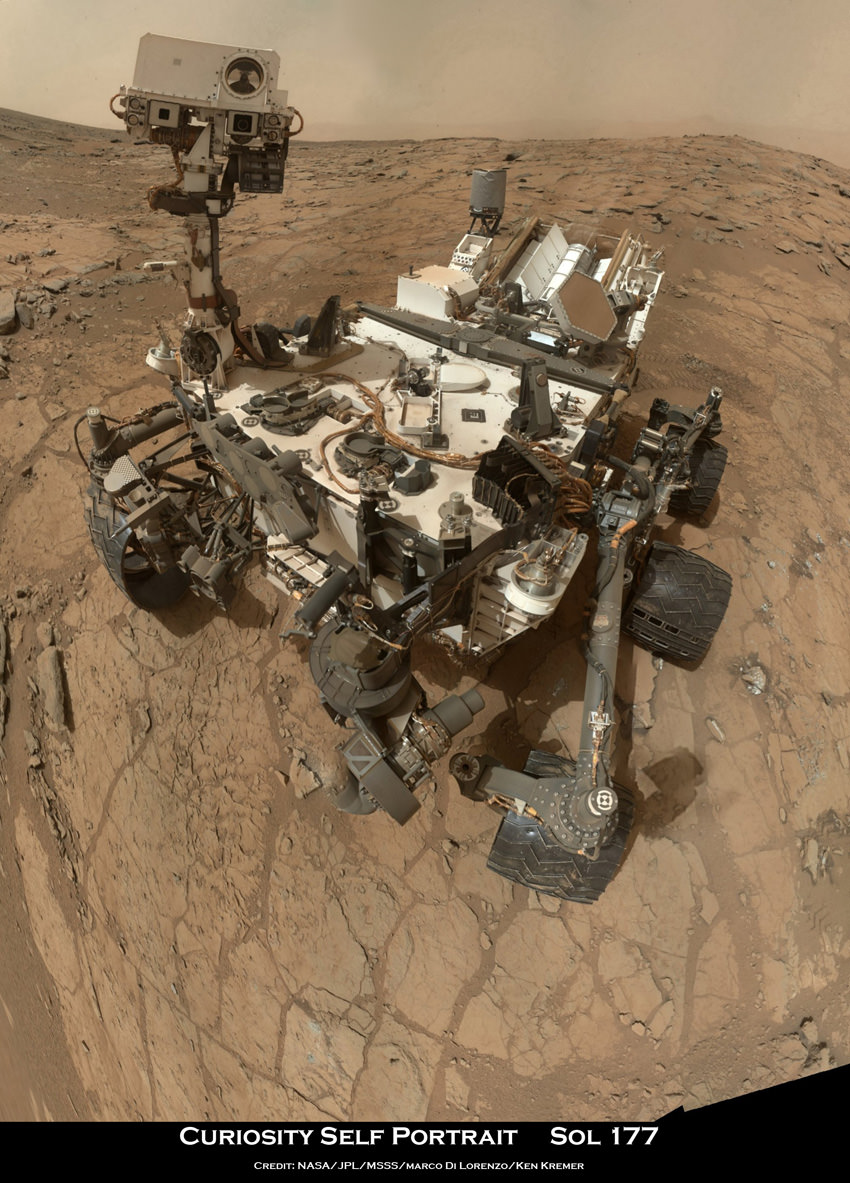
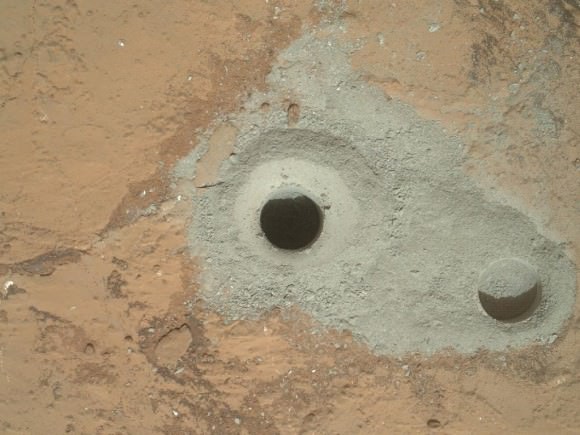
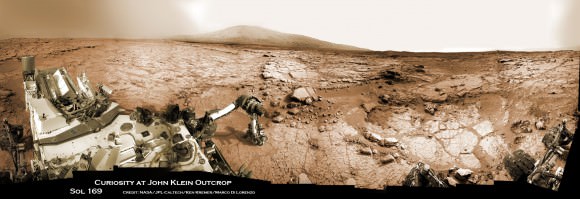 Curiosity accomplished Historic 1st drilling into Martian rock at John Klein outcrop on Feb 8, 2013 (Sol 182), shown in this context mosaic view of the Yellowknife Bay basin taken on Jan. 26 (Sol 169) where the robot is currently working. The robotic arm is pressing down on the surface at John Klein outcrop of veined hydrated minerals – dramatically back dropped with her ultimate destination; Mount Sharp. Credit: NASA/JPL-Caltech/Ken Kremer/Marco Di Lorenzo
Curiosity accomplished Historic 1st drilling into Martian rock at John Klein outcrop on Feb 8, 2013 (Sol 182), shown in this context mosaic view of the Yellowknife Bay basin taken on Jan. 26 (Sol 169) where the robot is currently working. The robotic arm is pressing down on the surface at John Klein outcrop of veined hydrated minerals – dramatically back dropped with her ultimate destination; Mount Sharp. Credit: NASA/JPL-Caltech/Ken Kremer/Marco Di Lorenzo